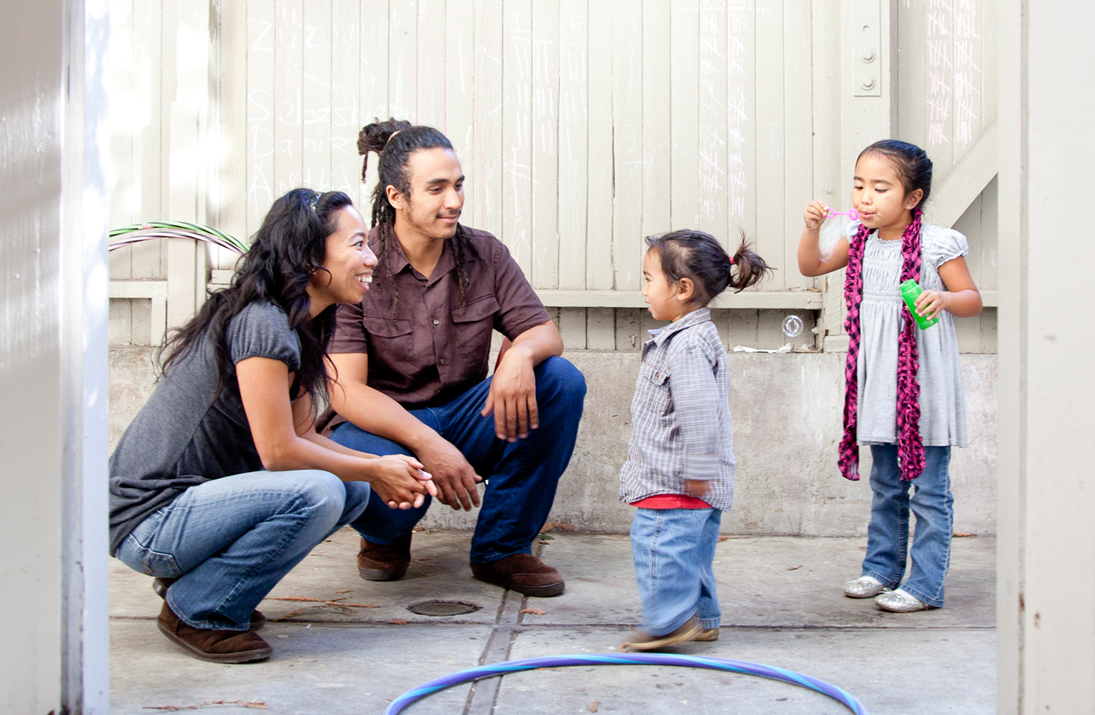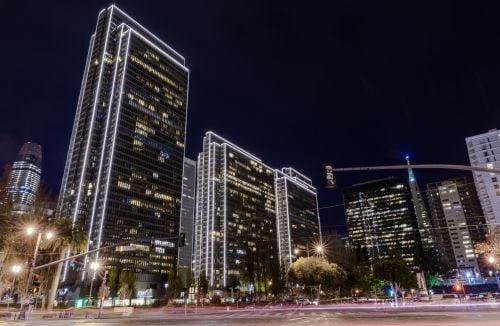
The earthquake’s epicenter was three miles offshore, near Cape Mendocino.
The noise woke my partner first. I heard it distantly, still ascending from the depths of a REM cycle. Its robotic voice, preceded by a red-alert siren, warned of impending shaking. Knowing that it’s safest to stay in bed if an earthquake strikes at night, we looked at each other in anticipation. Seconds passed. Nothing moved.
Nearly three hundred miles from our San Francisco studio apartment, storefront windows in the small town of Fortuna shattered to pieces. An alcoholic pungence wafted through the air from a damaged liquor store. Tumbling furniture nearly trapped a mother in her Rio Dell home, which briefly prevented her from checking on her eight-year-old son. Valley Grocery in nearby Ferndale aided their shaken community in the dark, operating among the mess without electricity. A M6.4 earthquake had struck Northern California’s Humboldt County.
Why were we alerted to an earthquake so far away?
Tuesday morning’s quake roared ashore at 2:34 AM local time, emerging from beneath the Pacific just outside Cape Mendocino. A network of sensors detected shaking and relayed the info to downloadable earthquake warning apps like MyShake. Within milliseconds, approximately three million California residents received up to ten seconds’ time to find shelter if needed. The apps alert everyone within an estimated area of perceived shaking. For a M6.5, the figure assessed within fractions of a second, that’s thousands of square miles.

Residents throughout Northern California’s rugged Lost Coast endured strong shaking from Tuesday morning’s earthquake. Image courtesy of USGS.
From southern Oregon to Sacramento and the Bay Area, reports ranged from almost imperceptible shaking to “slamming up and down.” Rio Dell resident Joe Filyau told the New York Times that in his fifty-nine years, he’d never felt an earthquake that severe. For some Californians, the earthquake is the warning. People closest to the epicenter will always be the first to know. Fast as data can be transferred nowadays, we can’t beat the velocity of seismic waves: around two miles per second.
I was out of town/the state/the country/my mind. Why did I get an alert?
I knew this was a possibility when MyShake warned me of October’s M5.1 while I was visiting central Virginia. Since cell phone service jams after earthquakes, I texted my partner who was on campus at Berkeley. I asked for a response ASAP. He replied maybe thirty seconds later. Had he felt the quake nearly fifty miles south of him? “A classmate pointed out that the curtains were shaking,” he said, “but I didn’t feel it.” Given my earthquake obsession, it surprised me to learn that he didn’t have MyShake downloaded to his phone. He does now.
Although I was hundreds of miles away I received an alert because I set my home base to San Francisco. That made it so my current location wasn’t the determining factor in whether I was cc’d on the email. Wherever I am, if an earthquake happens to threaten San Francisco, I’ll hear about it. This is a useful feature for those separated from loved ones by long distances. I want to know if I should check in on my partner like I did when I was in Virginia. Despite the quake’s minor magnitude, hearing from him gave me palpable relief. In any other case I’d have been on the first plane out of Richmond.
What about last week’s quake in El Cerrito? I didn’t get any warning.
Saturday’s tremor in El Cerrito also arrived in the middle of the night. At just 3.4 miles below ground, its surprisingly shallow depth translated to a sharp and widely felt jolt. People awakened by the shudder of its passing jumped on social media to see who else felt it. Reports came in from Santa Rosa up north to San José down south, from Concord in the east to San Francisco out west.
MyShake however stayed quiet. Why didn’t the earthquake activate them? Those who felt the tremor found it hard to believe it was “just” a M3.6. Google initially reported a 4.1-magnitude figure before the USGS downgraded the quake. “Pretty strong, short jolt this time for me. No alert this time, I got one last time like 3 or 4 seconds before,” said one Redditor/Outer Richmond resident.

MyShake is an example of Early Earthquake Warning. It is not prediction, which remains scientifically impossible. Rather, it alerts you to an earthquake in progress before the shaking reaches you, ideally giving you time to take cover.
Both apps activate anytime an earthquake breaches a shaking intensity threshold equivalent to that of a M4.5. Officials lowered the threshold from M5.0 following the 2019 Ridgecrest earthquakes. At M6.4 and M7.1 respectively, they were strong enough to rattle Los Angeles one hundred miles away. The last is still California’s most recent earthquake over M7.0.
By the time the shockwaves made it to LA, most of its punch had been lost. Low-frequency waves take the lead which results in a softer, boat-like rocking. While the intensity at the epicenter was far greater, in Los Angeles, it wasn’t enough to trip the system. The experience was uncomfortable enough for LA residents that a push to lower the threshold ensued.
Tuesday’s earthquake has so far claimed two lives and eleven injuries.
Don’t let an earthquake catch you with your pants down. Download MyShake to your Android or iPhone for free now.
The post Why Did(n’t) MyShake Warn Me? appeared first on Broke-Ass Stuart's Website.







